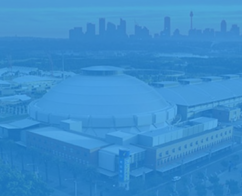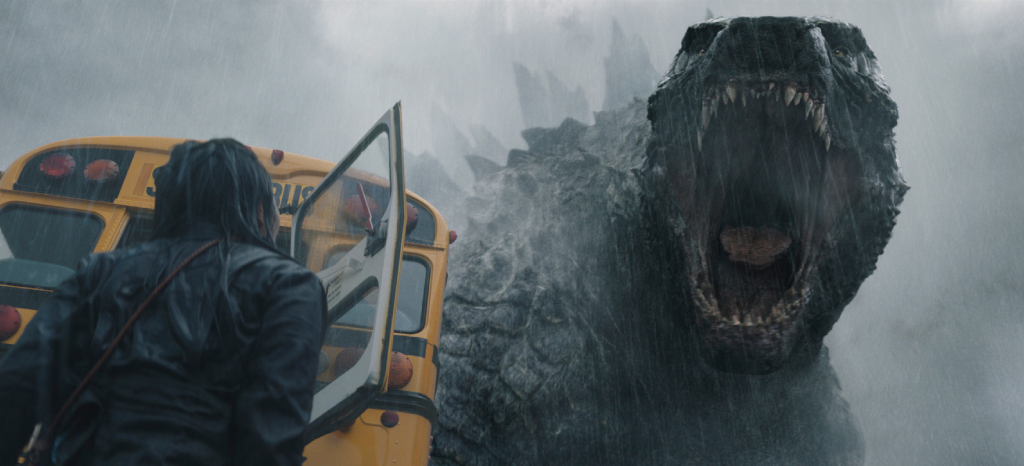
Sydney
June 21-22, 2025
Sydney Showground Olympic Park

If there’s one thing that bonds and brings together the creative team behind Apple TV+’s Monarch: Legacy of Monsters, it’s their collective love of Godzilla.
Director and executive producer Matt Shakman (WandaVision, It’s Always Sunny in Philadelphia) tells Supanova, “I’ve loved Godzilla since I was probably five years old. One of the fondest memories of my childhood is sitting on the couch in Ventura, California, with my dad, watching the original Toho movie.
“And I think Godzilla is unknowable, mysterious, and brings a sense of wonder, which is the thing I love the most about cinema. Wonder in its purest sense, is both mystery and terror, the inexplicable. Godzilla’s neither good nor bad. He protects and destroys. He’s everything that you want out of a movie star. He has survived, I think, generation by generation because of that fascination.”
Sitting next to Shakman is showrunner/executive producer Chris Black (Severance, Star Trek: Enterprise), who professes his own lasting fandom.
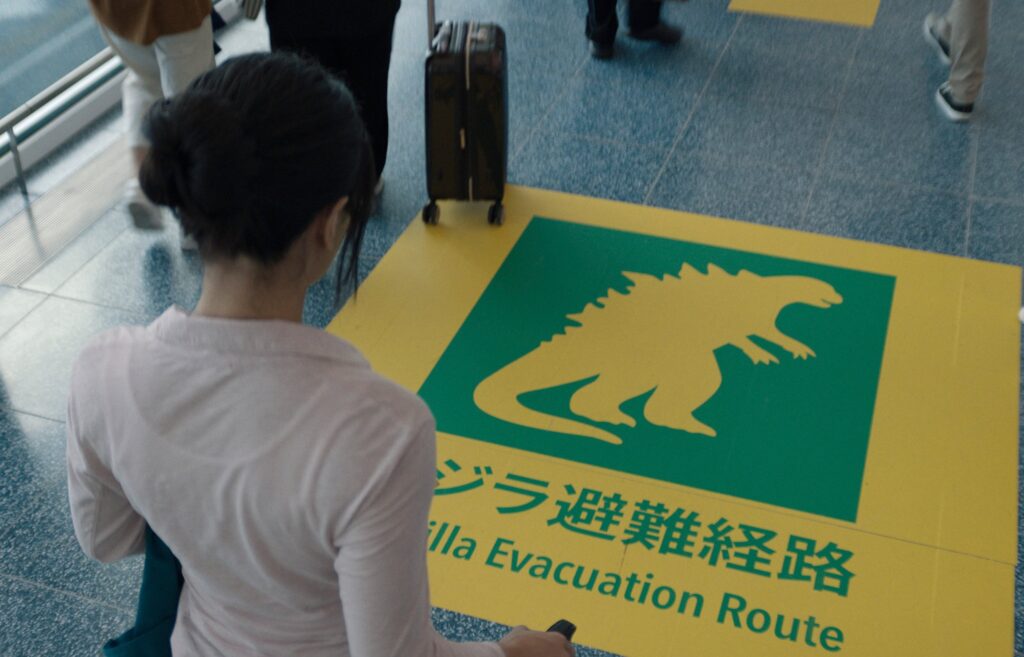
Anna Sawai in ‘Monarch: Legacy of Monsters’
“I couldn’t tell you the first Godzilla movie I saw or the first Toho Kaiju movie I saw,” Black says. “It just feels like it’s always been a part of my cultural consciousness. I remember watching them when I was young on my parents’ black and white television on whatever the Saturday afternoon million-dollar movie was and being absorbed and fascinated by them. But what the first one was, I couldn’t tell you because it felt like they were all always there.”
Joining in with his own admiration for Godzilla is executive producer Matt Fraction (writer of the Hawkeye comics) who also grew up with the lovable monster. He says, “One of the great joys of parenthood for me has been getting my kids into it. It’s the same thrill. I can see it in them. It’s the same energy and excitement and wonder and fear. And it stays with you.
“The older you get, the more sophisticated your fears and concerns about yourself or the world get. Godzilla remains a frame that can contain them all. And the character and the franchise and all of the films and its permutations just continues to give that same fascination and wonder and horror and fear and excitement every time.”
And just as love for Godzilla is often passed from parent to child, the show itself is multigenerational in its storytelling. Black says: “Thematically, it’s right in the title. It’s about legacy, and we knew in telling the history of Monarch, it had to be entwined with the story of a family.
“And so, once that became what the show was going to be about, I wouldn’t say it was easy, but we sort of understood the trajectory, leading from the grandparents to the parents to the children, and how the history of Monarch is reflected in the generations of those characters.”
While the show jumps between timelines, only one character appears in both, and it was important to find a “great actor” who could link the two together.
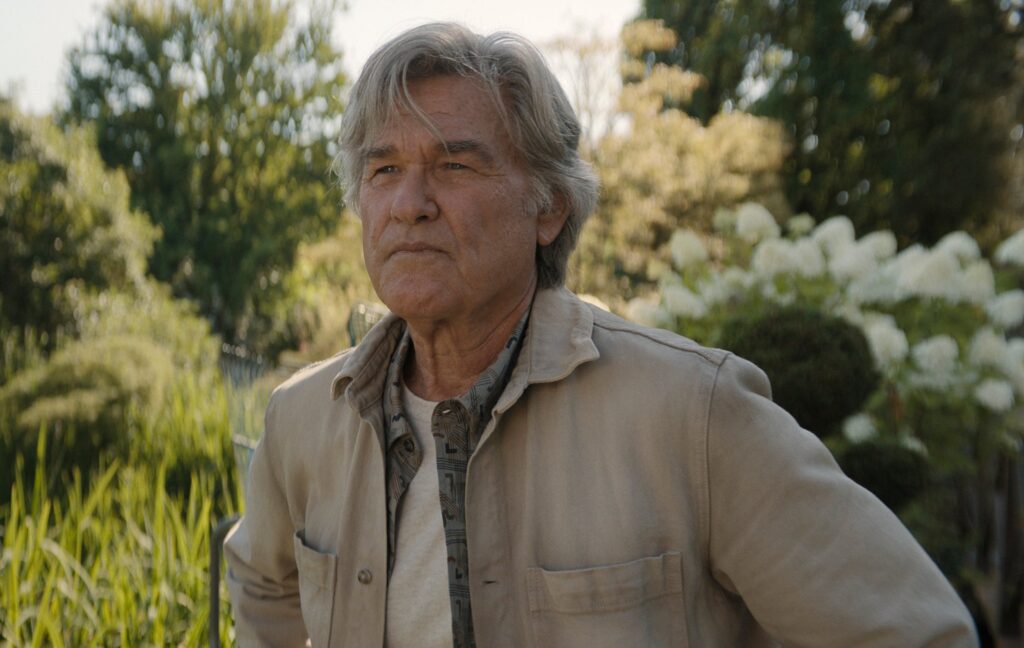
Kurt Russell in ‘Monarch: Legacy of Monsters’
Black corrects himself: “Well, actually, two great actors, because we knew there would be a younger version and an older version of the character Lee Shaw. When we got into the casting process, there was a relatively short list of people who we felt were right for that. As soon as the idea of Kurt Russell and his son Wyatt came up, and that they had been looking for something they could do together, but had often been offered roles to play father and son, but had never been offered something where you’re actually playing the same character in different time frames. And as soon as we knew that they were interested and wanted to potentially do the role, we were like, ‘Okay, done, sold.’”
With big-screen movie stars in place, next on the agenda was creating a spectacle to equal that of the MonsterVerse’s cinematic outings. Visual effects supervisor Sean Konrad weighs in on the ambitious nature of bringing the series’ Titans to the small screen.

Wyatt Russell in ‘Monarch: Legacy of Monsters’
“There’s a huge challenge almost immediately when you’re talking about ten episodes that span eight or nine hours,” Konrad explains. “Even if you have the greatest budget in the world, you’re going to have to figure out how to support four times more content. And so, a lot of that means being smart about how you deliver the monsters on screen in terms of efficiency.”
Fraction chimes in to further explain the approach the team took: “It really became about scaling to people being down and looking up, rather than up and looking down. We don’t have the ‘God’s eye’ view of things. We’re down with our human characters. And at that level, it means there can be all kinds of smaller-scaled threats. They’re not all 400 metres tall, nuclear-powered enigmas of nature.”
But when it came to the MonsterVerse’s biggest creatures, Gareth Edwards (director of 2014’s Godzilla) had the philosophy that the Titans should be too large to ever fit in any single frame. Konrad tells us he took that approach on board, and went on to give some further insight into executing the effects in Monarch: Legacy of Monsters.
“A lot of it comes down to how you shoot it,” he says. “So, one of the things that drives a lot of the show is that it’s a human drama. We’re telling it from the point of view of our protagonist. And that means the cameras are low and close. We’re going to get really close to our people while they’re looking at these giant monsters and get them in the frame.
“There’s several hundred feet from the start of Godzilla’s nose to the tip of his tail. So, you build up an atmosphere in between it; rain, smoke, little explosions. All those things start to give a sense of scale and complexity. But then on top of that is the challenge of bringing that all down to the small screen and making sure a lot of that detail is still readable on a TV.”
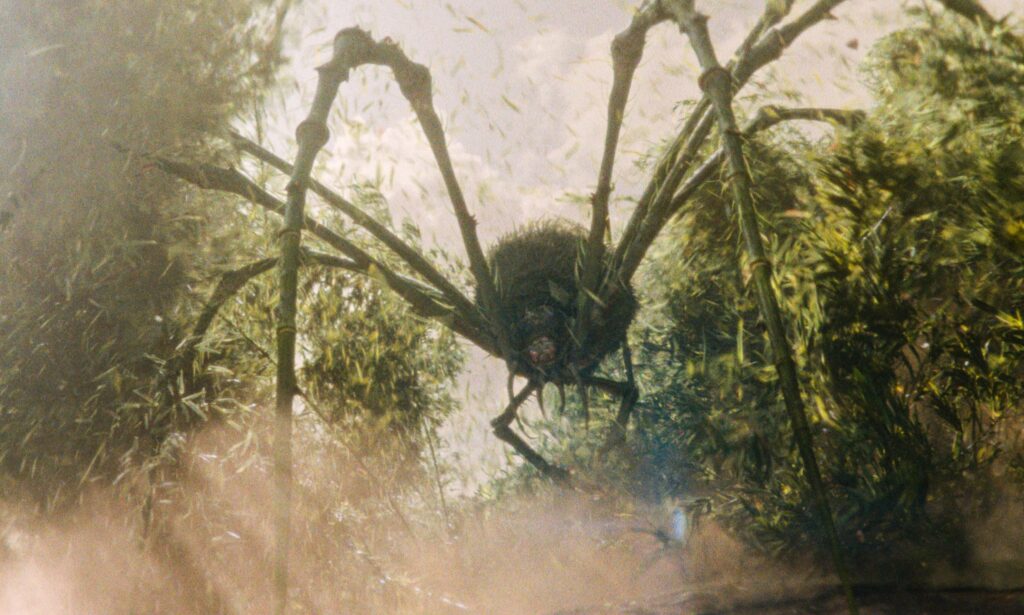
Mother Longlegs in ‘Monarch: Legacy of Monsters’
The show’s environments aren’t all special effects, however. Large segments of the opening episodes are shot on location in Japan where the MonsterVerse has its roots. Chris Black elaborates saying that, “Part of the agenda that we wanted was a global show. Godzilla is a character with international appeal and a legacy, obviously, that’s deeply culturally rooted in Japan. I mean, he’s like Coca-Cola or McDonald’s. Everybody knows Godzilla, no matter where in the world you go.”
Fraction supports him, saying, “We wanted our global show to look like the globe. We wanted to have other voices and visions and experiences and artists informing the work with us. We wanted a real global collaboration and hopefully we get the chance to continue.”
Shakman adds, “If you do know everything about the MonsterVerse, it’s a gorgeous puzzle that works within an already established timeline. If you know nothing about it, it’s a beautiful human drama that will teach you those things along the way. So that’s, I think, one of the things that makes it so special.”
It’s clear that Monarch: Legacy of Monsters is in the right hands and has a long, bright future. The first season might put most of its focus on Godzilla since he’s the most iconic, but the plan is to reach deep into MonsterVerse lore for future seasons.
“We knew we had ten episodes, but we didn’t want to overload it,” says Black. “We’re hoping that we have a lot of story ahead to tell and that future Titans from the legendary Toho canon, the pantheon of great characters that they’ve created, will make their appearances.”
We can’t wait to see what monsters they bring us next!
The first two episodes of Monarch: Legacy of Monsters will premiere on Apple TV+ on November 17, followed by one episode a week.
